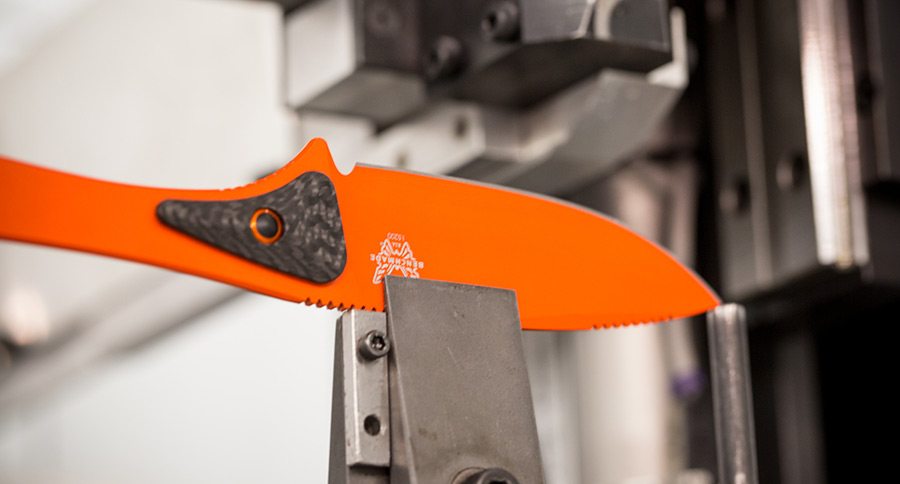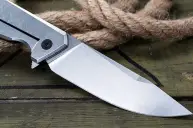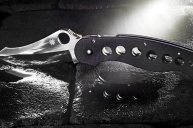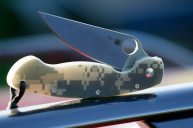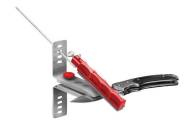We wanted to take you behind the scenes with Benchmade to see what ranks them amongst the best knife companies in the business.
Over the course of three decades Benchmade has produced some of the world's finest knives. Whether it's balisongs, fixed blades, rescue hooks, or folders, Benchmade has certainly left their mark.
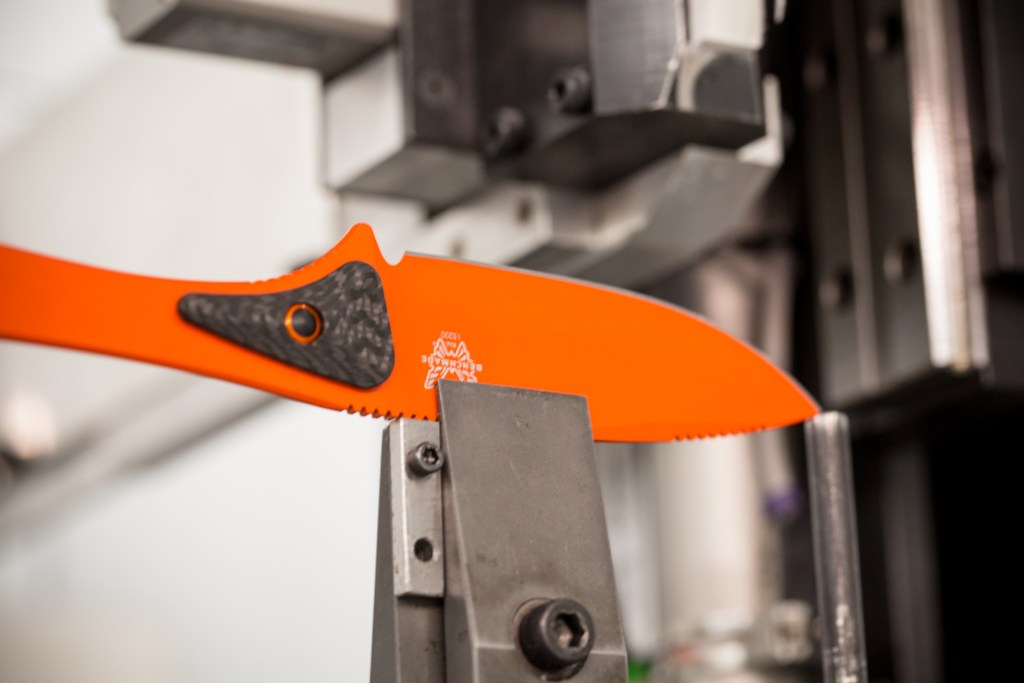
We wanted to explore what goes in to the development of a Benchmade knife from beginning to end and share some exclusive photos of their factory in Oregon City, Oregon.
Early Development
The genesis of a product begins with the Product Development Team. Within the team it starts with the Product Line Managers who are tasked with identifying the following: need, functions, and fundamental materials for the product. In the next steps, the Product Line Managers then work closely with the team's Industrial Designer to create a visual conception of the product through sketches and drawings.
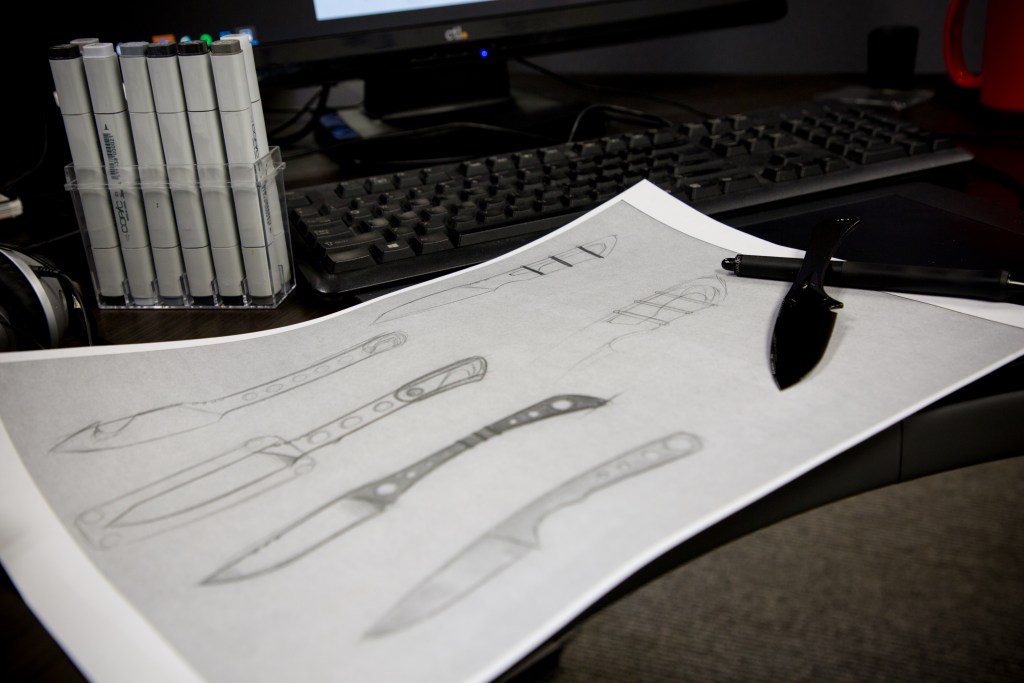
The process then moves on to include a Design Engineer who provides their expertise in various areas of the manufacturing process, and creates a 3D-printed model, giving the teams something tangible in which proportions and ergonomics can be felt. Adjustments, tweaks, and considerations are made, and the knife really starts to come together.
Once unanimously approved, things move to the research and development phase, where the actual machined components of the knife are created. The primary functions of the knife are refined to help create a more reliable and safe functioning tool.
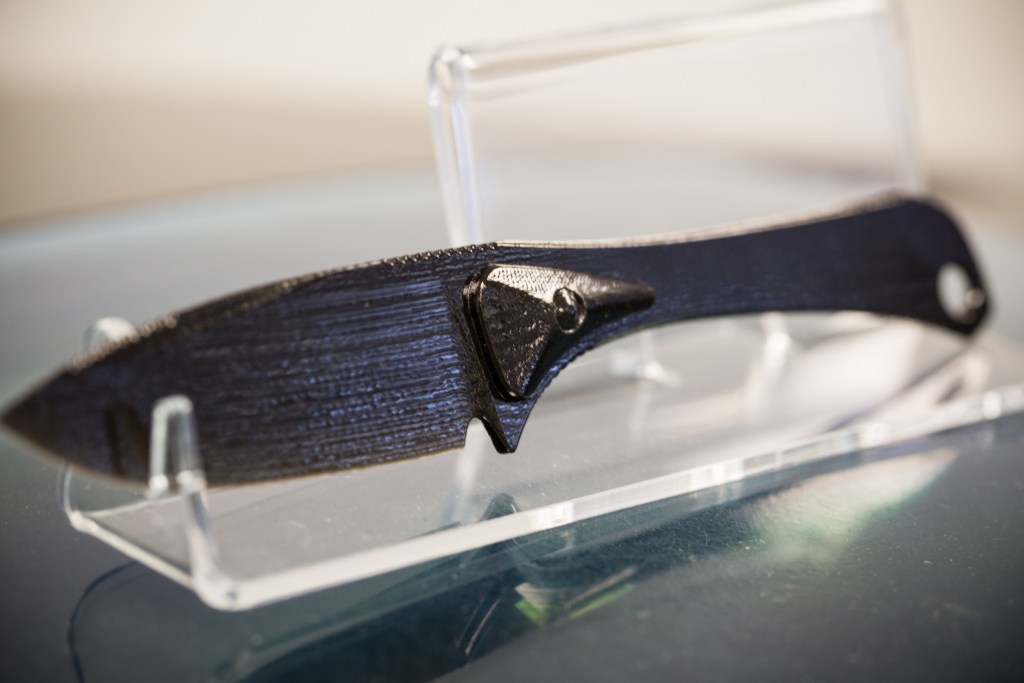
"Some of the challenges in developing a Benchmade knife is a compromise between competing objectives," says Wes Duey, Senior Design Engineer. "I find the optimal balance between strength, speed, and reliability while maintaining the aesthetic subtleties of the targeted market sector."
Test Lab
Benchmade's Test Lab is the proving ground that every Benchmade knife goes through before going into production.
This part of the development process is crucial for all knives as Benchmade aims to put out the most reliable and durable product possible. All knives are pushed to the point of failure and must meet the strict standards the company has established for their products.
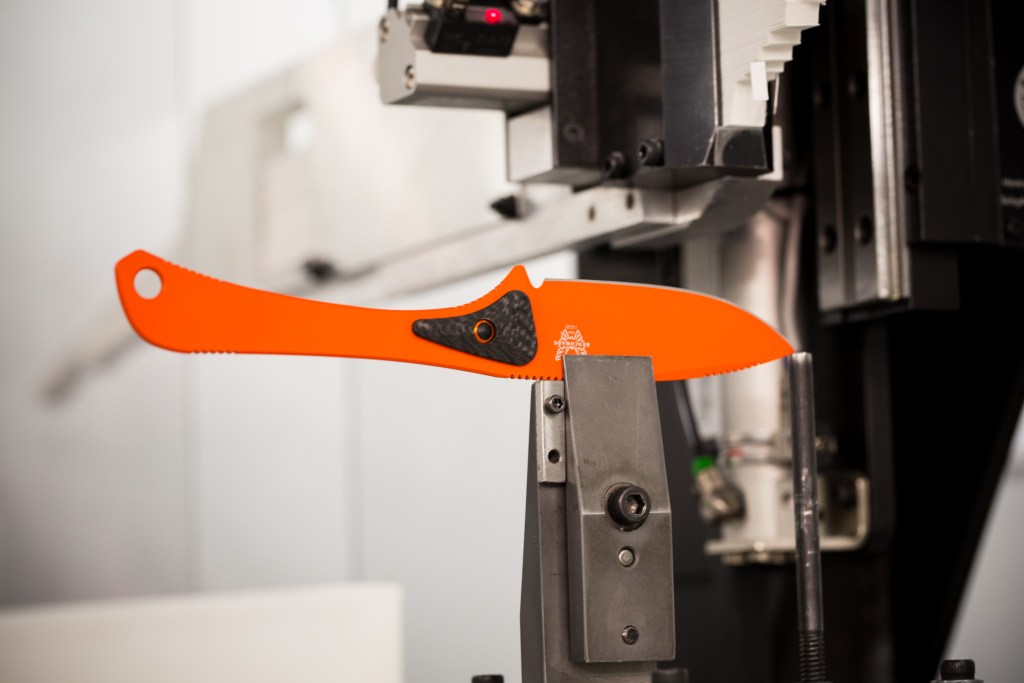
An example of the tests that a knife would go through include overall design strength, blade tip strength, impact tests, corrosion resistance, and edge retention. Through the data collection, designers can verify the overall design or make modifications to improve its performance and make sure it meets Benchmade standards.
Prototype Building & Production
Once the design and functions have been proven in the Test Lab the product then moves to prototyping in which parts are then made through the factory to work out and streamline the production process. These prototypes are then inspected and tested again, to help verify the manufacturing process.
Every team that was involved with the early development is included in the reviewing of the final prototype before passing into first production.
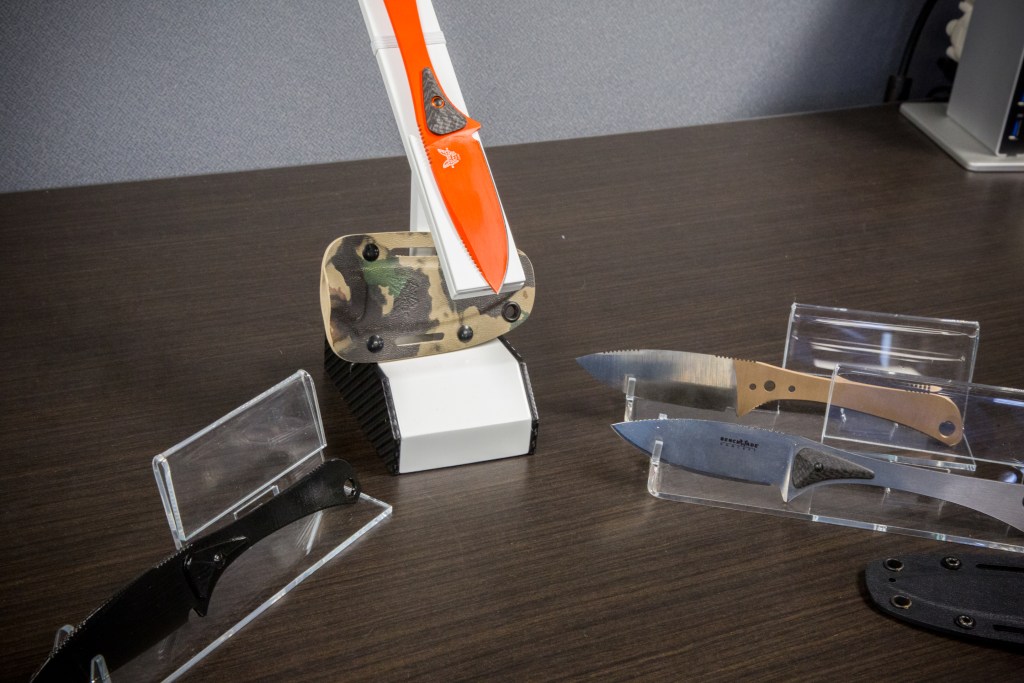
From the beginning of the early development phase through to production phase, the time span can range from 12 to sometimes 36 months, depending on the complexity of the knife.
Just as the project began, it ends with the same passion, experience, and quality control as every Benchmade product that came before it.
